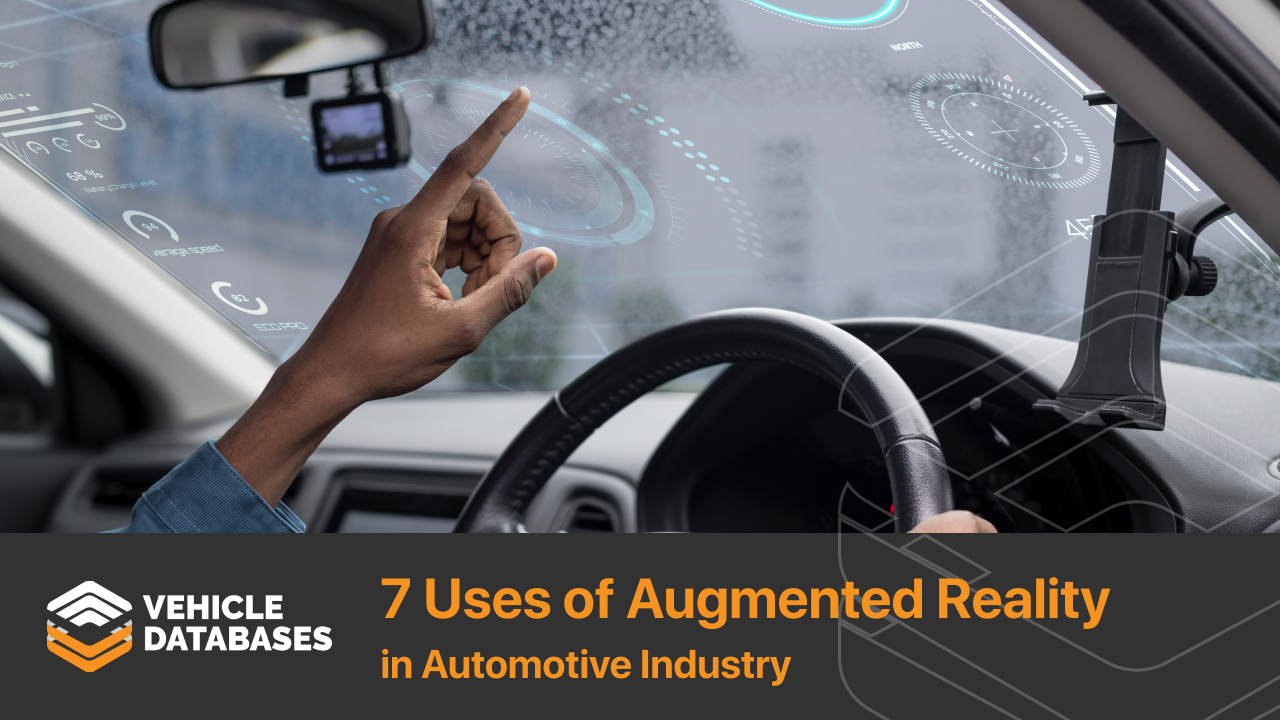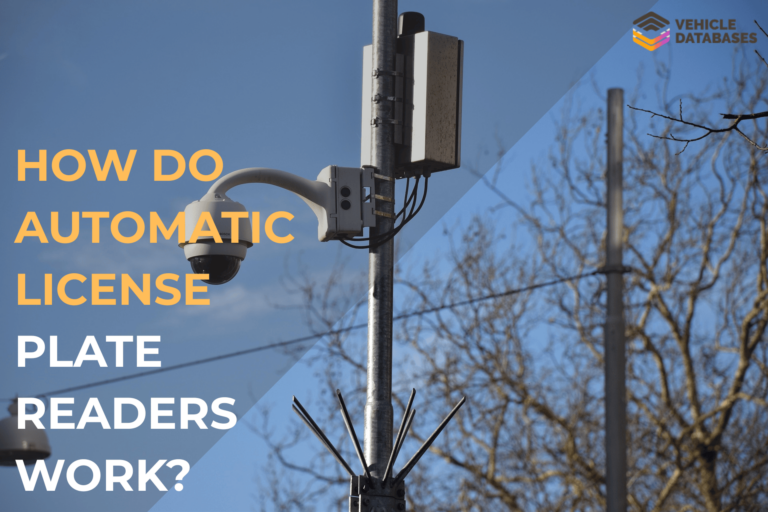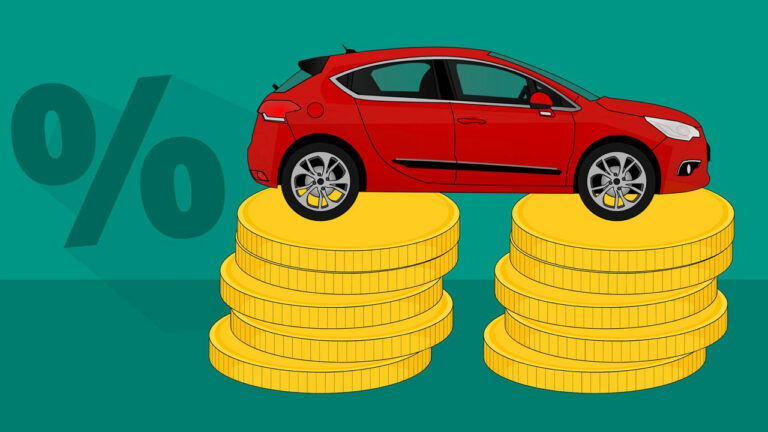The constant growth in technology used in the automotive industry is remarkable and augmented reality is changing the way cars are manufactured, and tested, and how users interact with these vehicles. What are these uses of augmented reality?
This article highlights the popular use of Augmented Reality in automotive businesses and how dealerships can benefit from using this piece of technology. You will also be introduced to APIs, another technology changing the automotive sector today.
AR in the Automotive Industry: What is Augmented Reality?
Augmented reality blends digital information with the real world, enhancing the user’s perception of reality. In the automotive industry, AR overlays digital images onto physical environments using the screen in the center console of the car, providing valuable insights and enhancing various processes.
Augmented reality gives drivers accurate guidance about their surroundings right in front of their eyes. And no, you don’t need goggles to view digital data. So, what are the uses of AR technology? Let’s find out now.
Intelligent Terrain Mapping
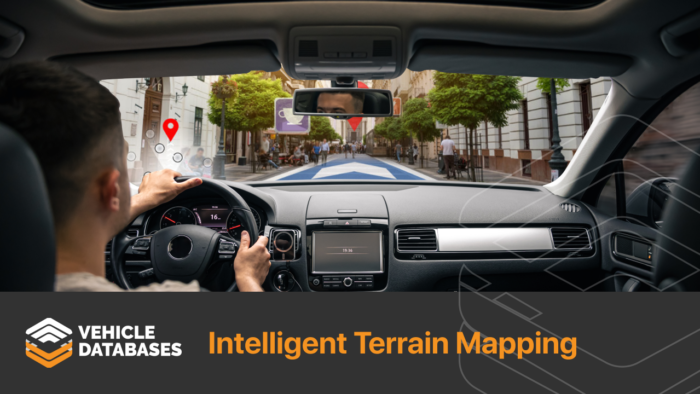
AR helps map terrains and road conditions, providing real-time data to drivers. This assists in navigation, especially in off-road scenarios. How about having real-time access to turn instructions, street names, building addresses, topographical maps, elevation data, and obstacles directly onto the windshield or heads-up display?
This technology functions no matter how fast the vehicle is driving, highlighting the adaptability of augmented reality technology in the automotive industry. With advancements in AR technology, drivers can see the contours of the land, identify steep slopes, and anticipate upcoming challenges.
Whether it’s rocky terrain, mud, or sand, AR ensures a safer and more enjoyable off-road experience.
The 2020 Mercedes-Benz GLE is one of the first cars to implement intelligent terrain mapping. Google Maps is also introducing something similar using a “Live View” feature, and Apple isn’t far behind in introducing theirs.
“DID YOU KNOW?
Augmented reality applications have contributed to a reduction in automotive manufacturing cycle time by up to 36%, underlining the efficiency augmented reality brings to automotive manufacturers.”
Augmented Advertising
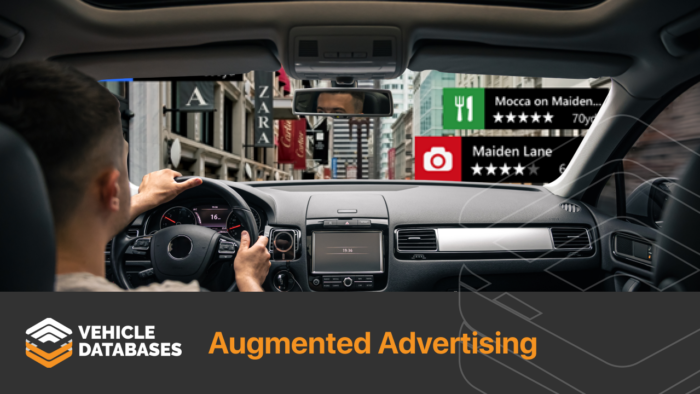
Do you know that an average person sees around 10,000 ads per day? Now, if you own an automotive business, what do you think could make your ads stand out?
With the introduction of augmented advertising, select ads can be improved and displayed more interactively and engagingly with drivers. According to AR Insider, over $2.6bn has been spent on building AR advertising technology, and here’s what you should expect.
Simple ads pop up on your screen showing your account balance as you pass through the bank, ratings on popular hotels and restaurants, and even the cost of a designer bag worn by a passer-by. These ads are designed to be essentially simple, and engaging, and to meet the needs of the driver.
Automated Parking Assistance
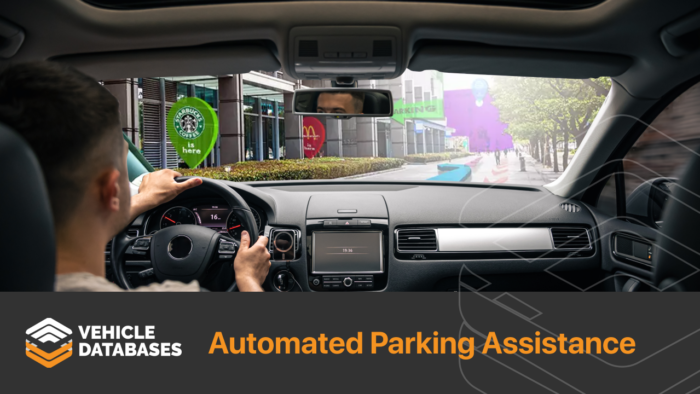
AR-powered parking assistance systems guide drivers with real-time visual cues, simplifying the parking process and reducing the risk of accidents. These systems overlay parking guidelines onto the vehicle’s surroundings, helping drivers confidently navigate tight spaces.
How does it work? AR overlays parking guidelines on the rearview camera display, making parking easier and more precise. AR can also superimpose parking guidelines directly onto the rearview camera feed, enhancing safety features in new vehicles. This way, drivers can see the optimal path for parking, avoiding collisions, and ensuring a perfect fit.
Having this tech is like having an extra set of eyes during parking maneuvers. One major feature of AR parking assistance is the daylight mode. It’s like having night vision goggles on, and it allows drivers to see even in the dark. This feature may not be available now, but it’s remarkable!
Intuitive Road Safety
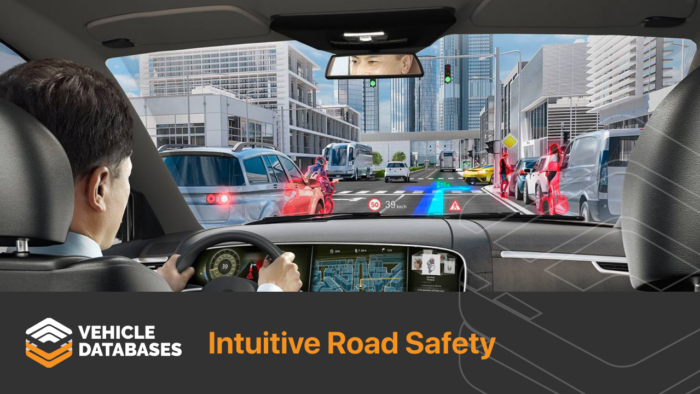
What if your vehicle gives you road safety tips while driving? With augmented reality in the automotive industry, manufacturers are beginning to use AR for intuitive road safety. The PSA Groupe, have already started working on using this tech to improve the safety of their drivers while on the road.
AR cars can display relevant information (speed limits, navigation arrows) directly on the windshield, reducing distractions. You can expect to see speed limits, navigation arrows, and traffic alerts projected onto the windshield.
Drivers can keep their eyes on the road while staying informed, thanks to augmented reality automotive applications. With AR, drivers can also get a notification if they unintentionally drift out of their lane, and in the future, we may see text messages and calls popping up on the windshield to keep the driver focused and not distracted by mobile phones.
Quality Control in Automotive Manufacturing
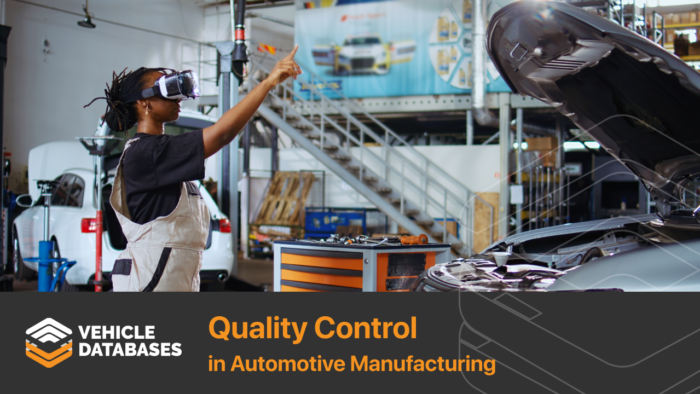
Another cool application of this technology is in quality control in car manufacturing. The automotive industry has high standards when it comes to car production and manufacturing. This means rigorous manual inspections to identify defects.
With AR, technicians can perform visual inspections using digital overlays. This way they can easily identify defects or anomalies instantly and accurately. The manufacturing process may not be 100% accurate all the time, with some tiny errors not visible to the naked eye.
With ARs, however, quality issues can be easily spotted and fixed to avoid warranty claims and worse, the risk of accidents.
Interactive Vehicle Demonstrations
Another important use of augmented reality in automotive manufacturing is interactive vehicle demonstrations. BMW and Audi are known for their true-to-scale, three-dimensional visual representations of car models using augmented reality applications. With AR, these models can be customized with different colors, trims, and other features.
Dealerships can also utilize this instead of static brochures. Salespeople can simply use AR to showcase every angle of a vehicle. Customers can explore the interior, trunk space, engine bay, and other features virtually. What a way to improve sales!
Virtual Test Drives
Last on our list of applications of augmented reality in the automotive industry is virtual test drives. With AR, consumers in the automotive market for cars can take a virtual test drive of any car from the comfort of their homes.
This combines both AR and Virtual Reality (VR) tools, but it gives car buyers opportunities to see the dashboard of the vehicle they are interested in, feel the acceleration, and even hear engine sounds.
Note that some of the features listed in these applications are not yet available but will roll out in the coming years. As innovation continues to accelerate, we can anticipate even more remarkable advancements that will redefine how we drive, interact with vehicles, and shape the future of mobility.
Benefit of AR for Car Dealerships and Auto Businesses
With all the improvements in the auto industry, not only car manufacturers and consumers are expected to have all the benefits. As a car dealer, using AR software in your business services comes with a lot of benefits for you too.
For starters, you can expect to have more sales and more profits. Here are some of the benefits of augmented reality for dealerships and other automotive companies:
Improved Customer Engagement
Augmented reality solutions allow dealerships to create immersive experiences for customers. Instead of simply browsing through brochures or looking at static images, potential buyers can dynamically interact with virtual car models.
This interactive experience, powered by augmented reality technology, captures their attention and keeps them engaged for longer periods, fostering a deeper connection with the vehicles on offer.
Increased Conversion Rates
By providing customers with a better understanding of products through AR, dealerships can significantly increase their conversion rates, illustrating the impact of augmented reality automotive technologies on sales. When shoppers can visualize how a car looks and functions in real-world scenarios, they develop a clearer picture of its features and benefits.
This enhanced understanding often leads to greater confidence in their purchase decisions, resulting in higher conversion rates for the dealership.
Upselling Opportunities
AR technology not only showcases the basic features of vehicles but also enables dealerships to highlight additional features and accessories. Through interactive AR demonstrations, sales representatives can showcase premium upgrades, customization options, and add-on accessories in a visually appealing manner.
This personalized approach not only enhances the customer experience but also creates upselling opportunities for the dealership, increasing the average transaction value per sale.
With how immersive augmented reality is, potential buyers may become emotionally attached to vehicles they come in contact with, showing the emotional impact of AR in the automotive industry. This means you are more likely to have higher profits and more customers!
API Technology For Auto Businesses
In addition to AR, Application Programming Interfaces (APIs) are driving innovation in the automotive industry. APIs such as the vehicle history API, car market value API, and VIN OCR technology can be used to access vehicle data instantly during used car sales and purchases and enhance customer experiences.
Vehicle Databases has over the years provided this service to auto businesses and they can now access over 30 million vehicle records directly from their mobile apps or websites.
Some of the APIs transforming the automotive industry are:
- OCR API services
- VIN decoding API
- Classic VIN decoder API
- Window sticker API
- Electric vehicle specifications API
- License plate API
- Auction history API
- Sales history API
- Vehicle specification API
- Vehicle market value API
- Vehicle services API
- VIN title check API
- Vehicle media API, and more
Car dealerships, auto repair shops, VIN report providers, fleet management, and other automotive businesses can benefit from these APIs. Register now to get 15 free credits for your business!
AI in Numbers: Impactful Statistics To Know
- AR implementation has improved new hire productivity by up to 40%.
- AR solutions have led to an increase in the FTFR by up to 30%.
- Auto businesses have reduced training costs by up to 50% through AR-based training.
- Augmented reality apps have contributed to a reduction in manufacturing cycle time by up to 36%.
- The estimated economic value from manufacturing augmented reality IoT worldwide is projected to reach $5.5 billion by 2022.
- Porsche uses augmented reality glasses for assembly line workers to visualize complex wiring diagrams.
- BMW offers AR-based vehicle manuals for owners, enhancing user experience. They also have AR apps for smartphones where car buyers could view 3D models of any BMW model of interest.
- Volkswagen utilizes AR automotive solutions for service technicians during repairs, improving efficiency.
- The global mobile AR market revenue is expected to reach billions of U.S. dollars by 2026.
The extended reality (XR) market size worldwide is projected to grow significantly from 2021 to 2026.
